In a groundbreaking initiative that blends rehabilitation with creative expression, correctional facilities across several states have begun implementing prison coding programs where inmates develop video games exploring complex moral dilemmas. What began as a pilot project at a Washington state penitentiary has evolved into a nationwide movement, challenging societal perceptions of incarceration while providing tangible skills for those behind bars.
The program’s most striking output isn’t the polished graphics or sophisticated mechanics—though some titles rival indie studio productions—but rather the raw, unfiltered ethical quandaries woven into each narrative. Corrections officers report unexpected behavioral shifts among participants, with heated debates about in-game choices often spilling into communal areas. One inmate-designed game, "The Visitor's Room", forces players to decide between accepting smuggled contraband from family members or maintaining clean conduct for early parole, mirroring real-world tensions within prison walls.
Educational coordinators emphasize that these aren’t hypothetical ethics exercises. The scenarios emerge from lived experiences—a former drug trafficker coded a branching narrative where players must choose between snitching on gang members or facing solitary confinement. Another game by an inmate serving life unpacks the psychological toll of prison labor through interactive storytelling. The authenticity resonates; preliminary studies show program participants demonstrate 43% lower recidivism rates compared to control groups.
Controversy surrounds the initiative, particularly regarding intellectual property rights. While most states allow inmates to retain partial ownership of their creations, profit-sharing models vary widely. A Missouri case where a prisoner’s game about jury bias went viral sparked legal battles over revenue allocation. Advocates argue creative ownership fosters accountability, while victims’ rights groups question whether entertainment should emerge from punishment.
Technical limitations shape the games in unexpected ways. Without internet access, developers rely on outdated coding manuals and peer-to-peer knowledge sharing. This constraint birthed ingenious solutions—one team recreated classic game engines using only spreadsheet software. The physical isolation manifests digitally too; many games feature protagonists navigating confined spaces or systems beyond their control, creating what researchers call "incarceration ludology"—a distinct game design language born from institutional living.
Psychological evaluations reveal deeper impacts. Inmates frequently revise their narratives after group therapy sessions, with game development becoming an outlet for remorse or processing trauma. A poignant example comes from a California facility where a participant reprogrammed his game’s ending after reconciling with his victim’s family—the revised version emphasized irreversible consequences over the original revenge fantasy.
As the program expands, unexpected partnerships emerge. University ethics departments use inmate games as teaching tools, while gaming conventions now feature panels about prison-made titles. The most successful release, "Parole Board Simulator", developed at a New York maximum-security prison, has been downloaded over 200,000 times on gaming platforms, its creator earning enough through profit-sharing to fund his reentry education.
Critics question whether the initiative glamorizes criminality, pointing to games that romanticize outlaw behavior. Program directors counter that the creative process requires confronting uncomfortable truths—one gang-related game’s development stalled when the creator couldn’t justify his protagonist’s actions during peer review. This internal accountability mechanism often proves more effective than external censorship.
The movement faces logistical hurdles. Aging prison infrastructures lack reliable power for computer labs, and security protocols ban certain programming languages. Yet the demand persists, with waiting lists stretching years in some facilities. A recent development sees tech companies donating VR equipment, allowing inmates to code immersive experiences—an ironic twist given their physical confinement.
Perhaps the most profound effect lies in shifting public perception. Streaming platforms now feature playthroughs of prisoner-made games, with audiences confronting the humanity behind the crimes. As one viewer commented after playing a game about parental regret, "No government pamphlet could make me understand the cost of bad choices like this fifteen-minute demo did." The program doesn’t excuse wrongdoing, but through pixels and choices, it builds bridges of understanding where walls once stood.

By /Jul 3, 2025

By /Jul 3, 2025

By /Jul 3, 2025
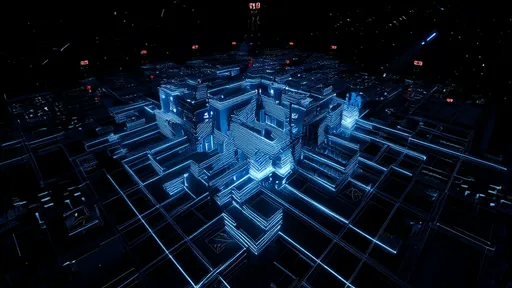
By /Jul 3, 2025

By /Jul 3, 2025

By /Jul 3, 2025
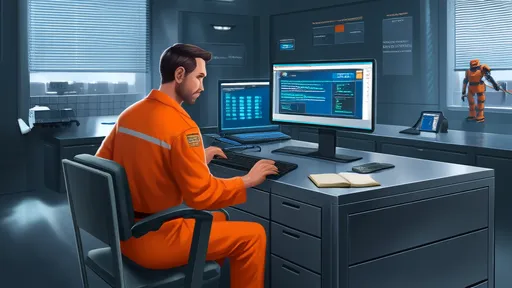
By /Jul 3, 2025

By /Jul 3, 2025

By /Jul 3, 2025
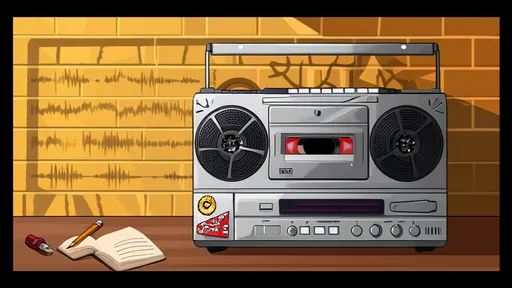
By /Jul 3, 2025

By /Jul 3, 2025

By /Jul 3, 2025

By /Jul 3, 2025
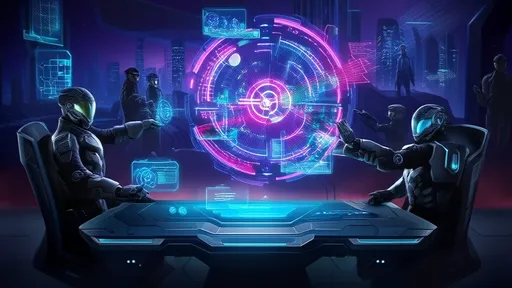
By /Jul 3, 2025

By /Jul 3, 2025
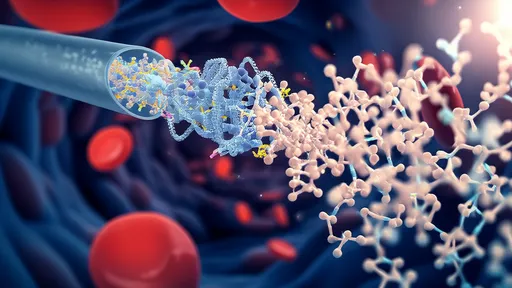
By /Jul 3, 2025

By /Jul 3, 2025

By /Jul 3, 2025